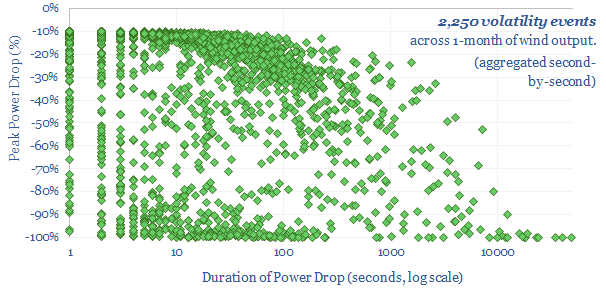
…power volatility events, where output fell by over 10% from its trailing ten-minute average level (example below). 40% of these volatility events lasted less than 10-seconds. 80% of the volatility…
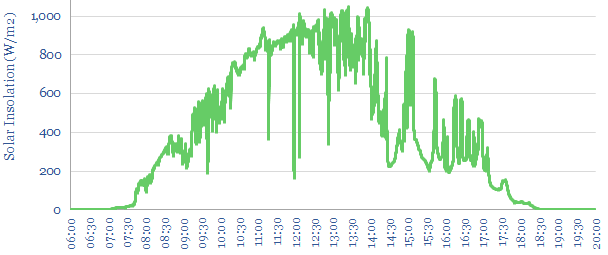
…shows the second-by-second solar output at a typical-good day, with relatively little short-term volatility. The statistical distribution of different days’ solar volatility is plotted in candlestick charts and marimekko charts…
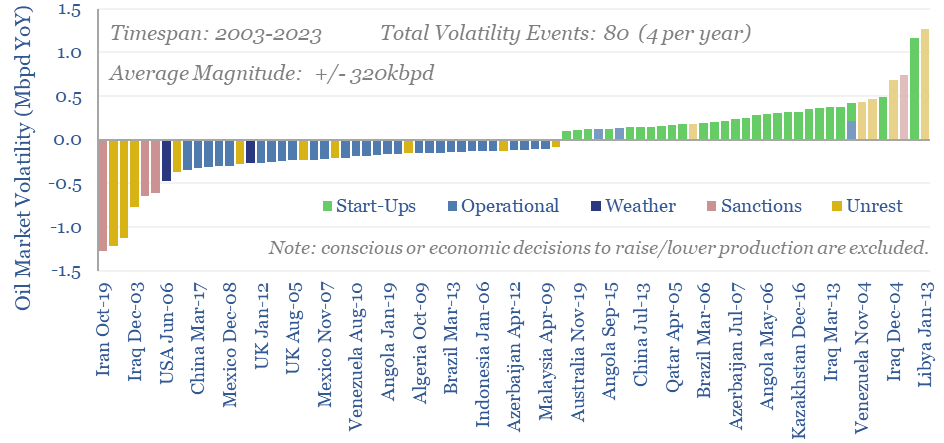
…volatility versus downside volatility? The statistical distribution of oil market volatility is quantified on pages 6-7. Disruptions can occur, but they can also reverse. Oil market volatility versus oil market…
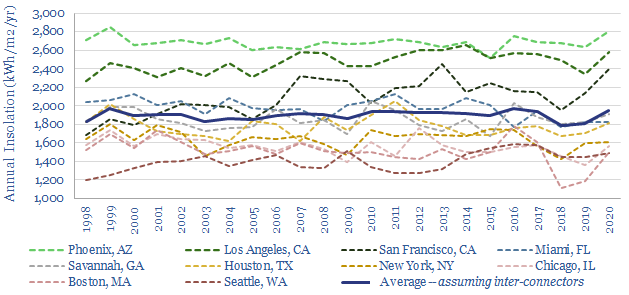
…economically smooth them. Solar heavy grids may thus become prone to unbearable volatility? Our 17-page note outlines this important challenge, and finds that high-voltage interconnectors cure renewables volatility most effectively….
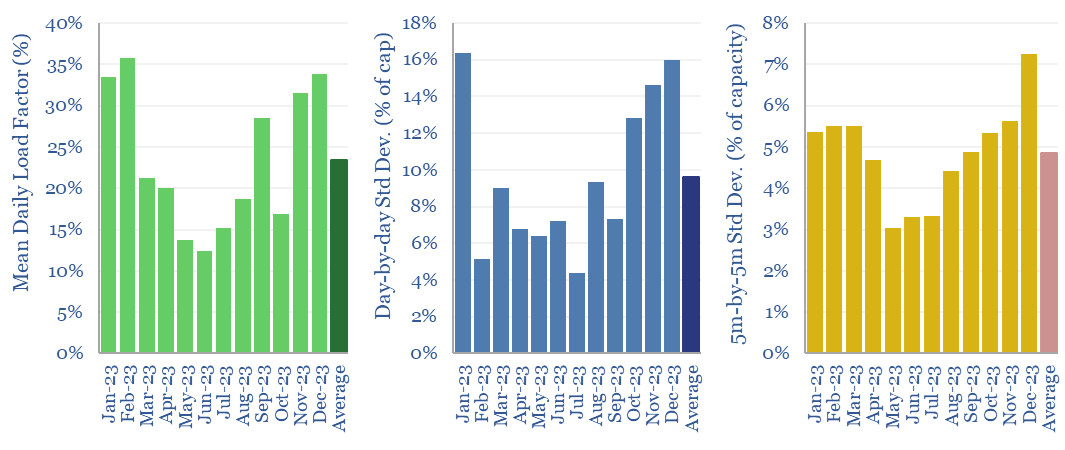
…is a nice way to visualize volatility. Conclusions are similar to other data-files we have compiled into solar volatility. We see increasing value in backstopping volatility across global energy systems….
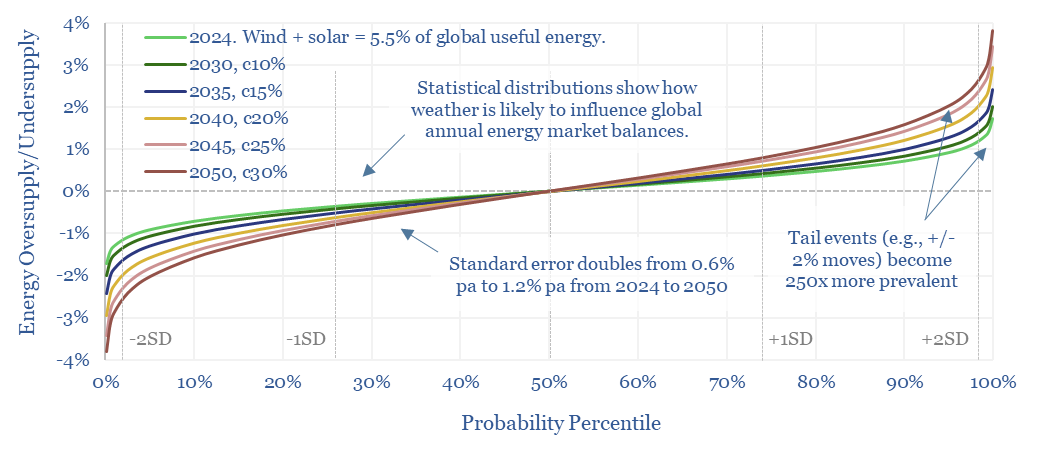
…Detailed numbers are given for the annual volatility of hydro (page 3), volatility of wind (page 4) and volatility of solar (page 5). The volatility of today’s incumbent energy sources…
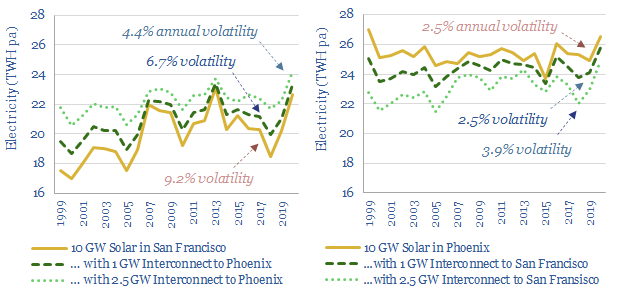
…and year-by-year volatility is 9% of the annual average. Solar insolation is volatile. It would be helpful for a stable grid to smooth each of these different time-periods of volatility….
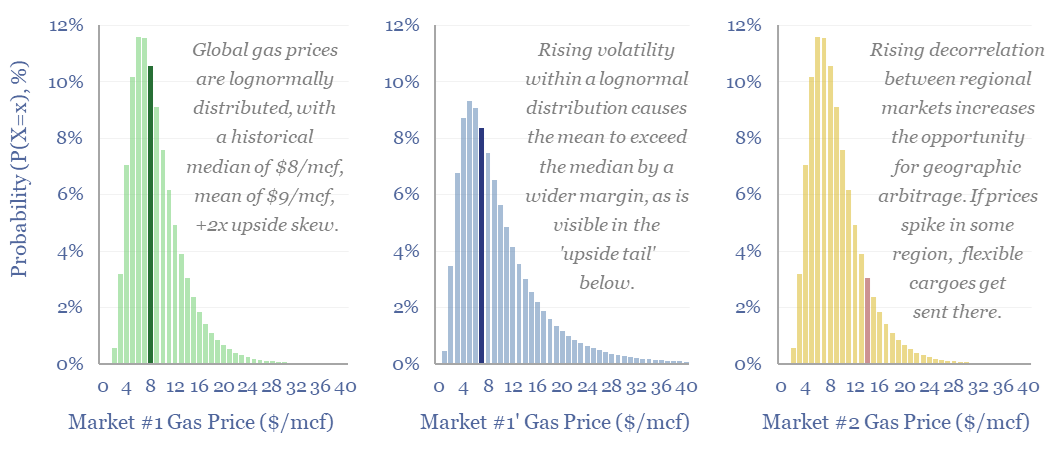
…cart Global energy markets are growing increasingly volatile, as argued in our January-2024 quantification of energy market volatility. Key reasons are the volatility of wind and solar, which are gaining…
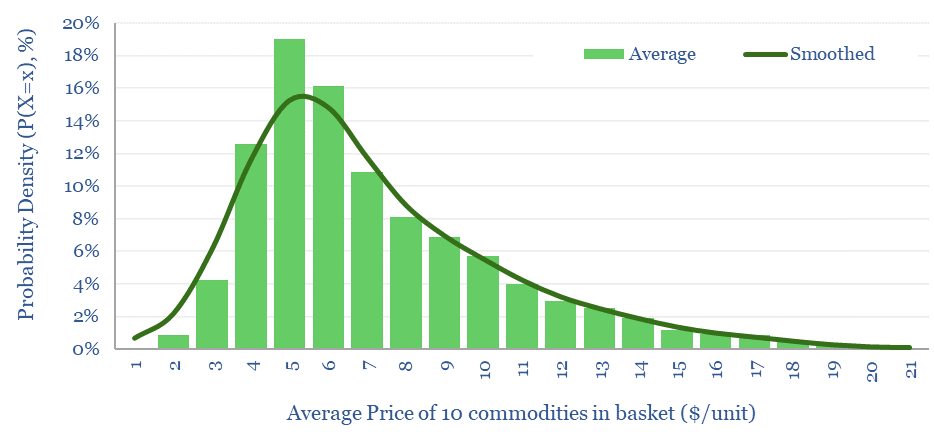
…commodities, illustrating how the value of commodity marketing and trading is likely to rise during the energy transition, as volatility grows on an absolute basis, but also inter-regional volatility is…
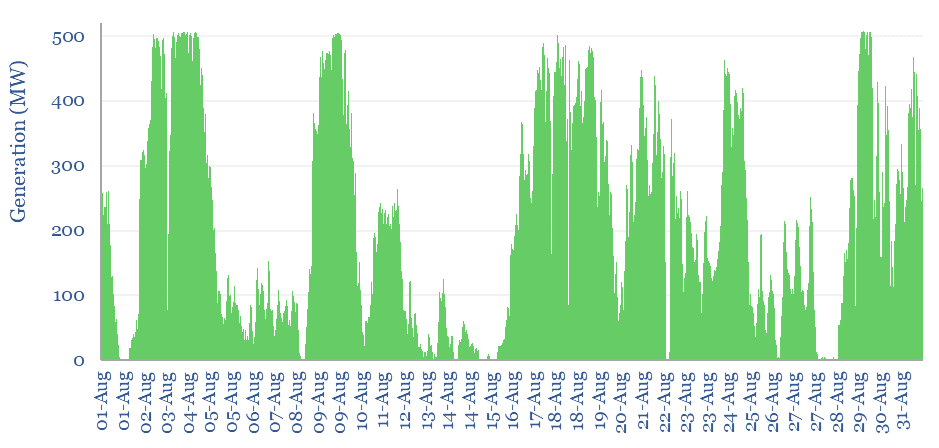
…suggests that wind is being curtailed when the grid is already full of solar. Short-term volatility also appears to be higher for wind than for solar. The 5-minute-by-5-minute volatility of…










